Optimal Timing for Roof Membrane Repairs

Spring offers moderate temperatures ideal for membrane repairs, reducing the risk of material issues caused by extreme cold or heat.
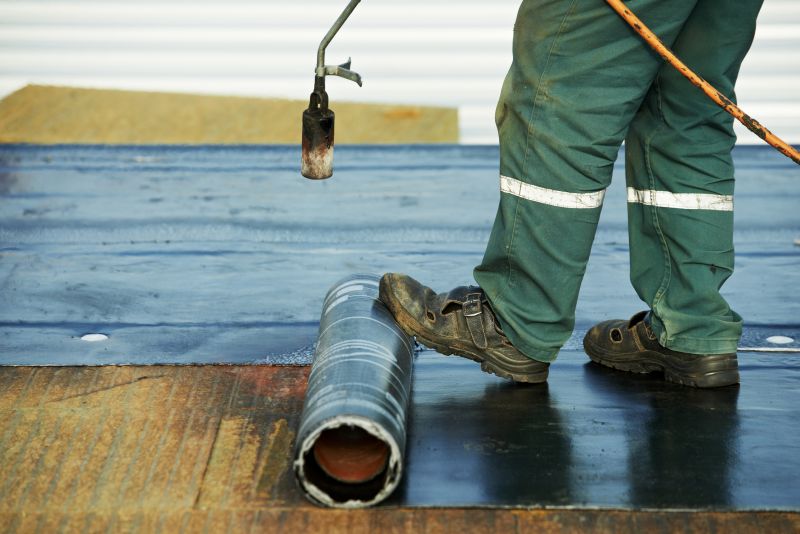
Summer's warmer weather can facilitate quicker curing of repairs, but high temperatures may also pose challenges such as rapid drying or softening of materials.

Cold and wet conditions in fall and winter can hinder effective repairs, increasing the likelihood of issues such as poor adhesion or incomplete sealing.
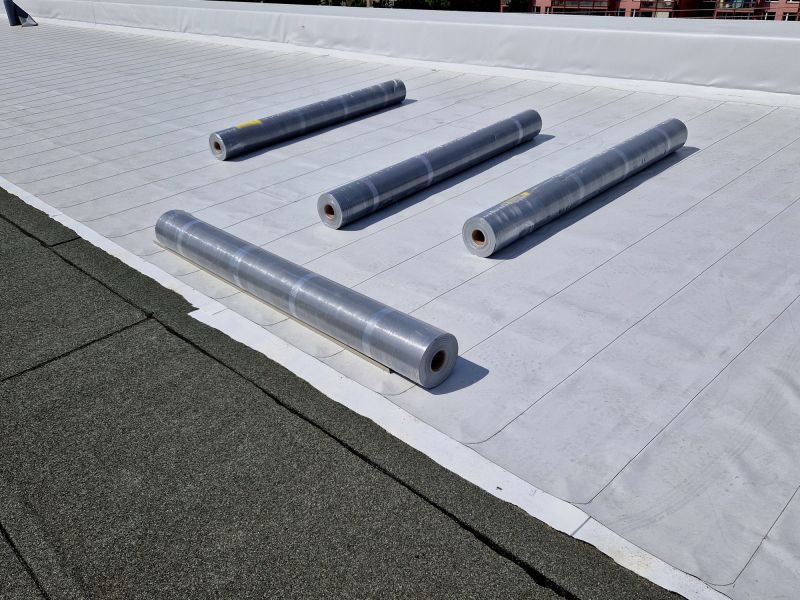
Ways to make Roof Membrane Repairs work in tight or awkward layouts.

Popular materials for Roof Membrane Repairs and why they hold up over time.

Simple add-ons that improve Roof Membrane Repairs without blowing the budget.

High-end options that actually feel worth it for Roof Membrane Repairs.

Finishes and colors that play nicely with Roof Membrane Repairs.
Roof membrane repairs are essential for maintaining the integrity of roofing systems, preventing leaks, and extending the lifespan of the roof. Proper timing ensures optimal results and durability. Weather conditions play a crucial role in the effectiveness of repair work, with moderate temperatures and dry conditions being most favorable.
Ideal conditions for membrane repairs include temperatures between 50°F and 85°F with low humidity, ensuring proper adhesion and curing.
Rain, snow, or extreme temperatures can delay repairs or compromise their quality, leading to potential future issues.
Scheduling repairs in spring or early fall can minimize weather-related disruptions and improve long-term performance.
Different membrane materials have specific temperature ranges for effective repairs, making timing critical for successful application.
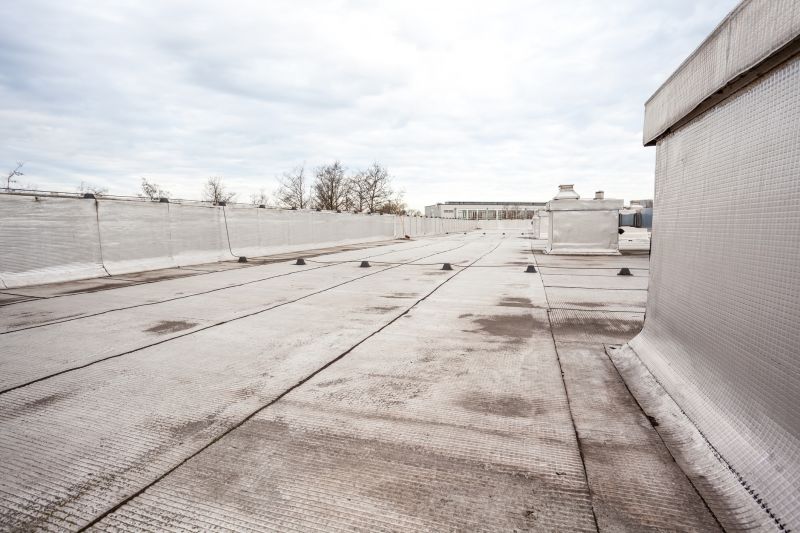
Spring provides moderate temperatures and dry conditions, ideal for membrane repairs.

Warm weather accelerates curing, but avoid peak heat hours for best results.
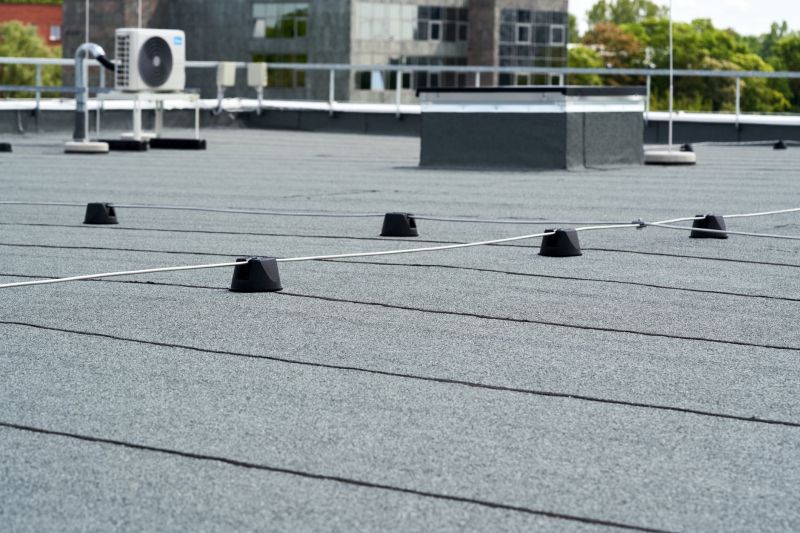
Early fall offers cooler temperatures; avoid late fall when cold and moisture increase.
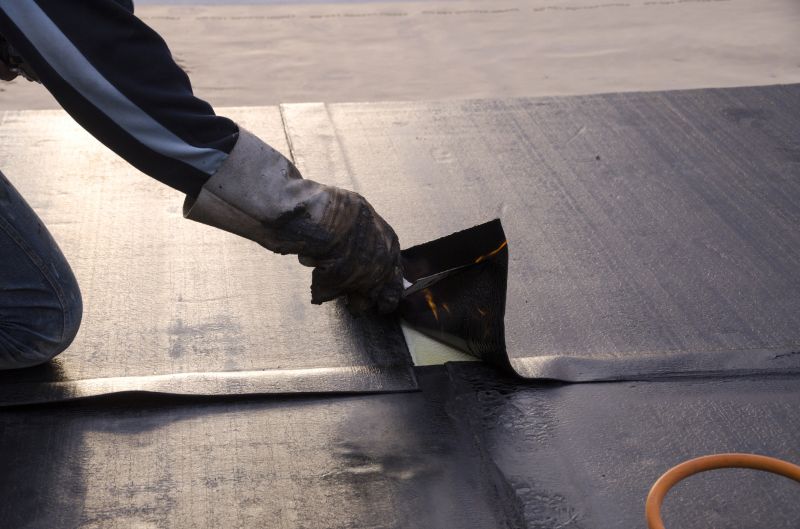
Cold and wet conditions can compromise repair effectiveness and durability.
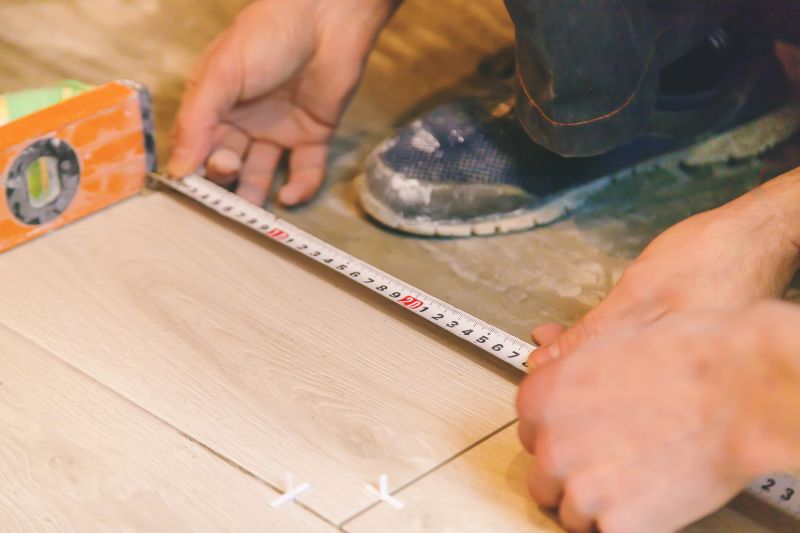
Little measurements that prevent headaches on Roof Membrane Repairs day.

A 60-second routine that keeps Roof Membrane Repairs looking new.
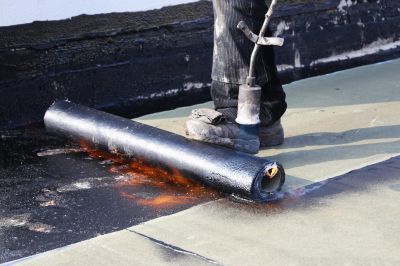
A frequent mistake in Roof Membrane Repairs and how to dodge it.
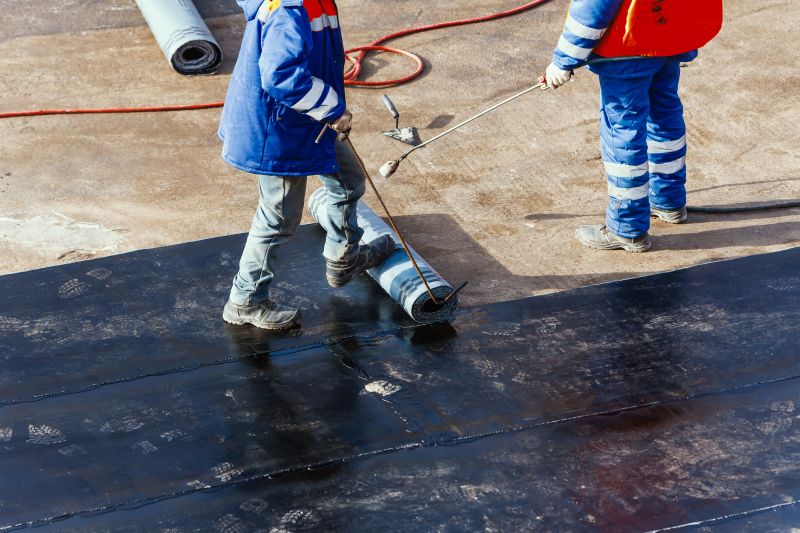
Small tweaks to make Roof Membrane Repairs safer and easier to use.

Technicians perform membrane repairs under favorable spring weather.
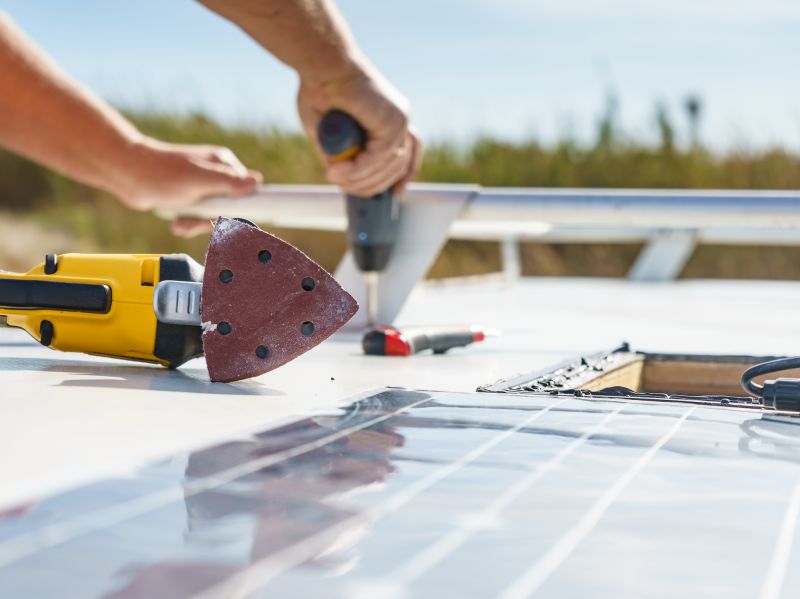
Warm temperatures help in quick curing of membrane patches.
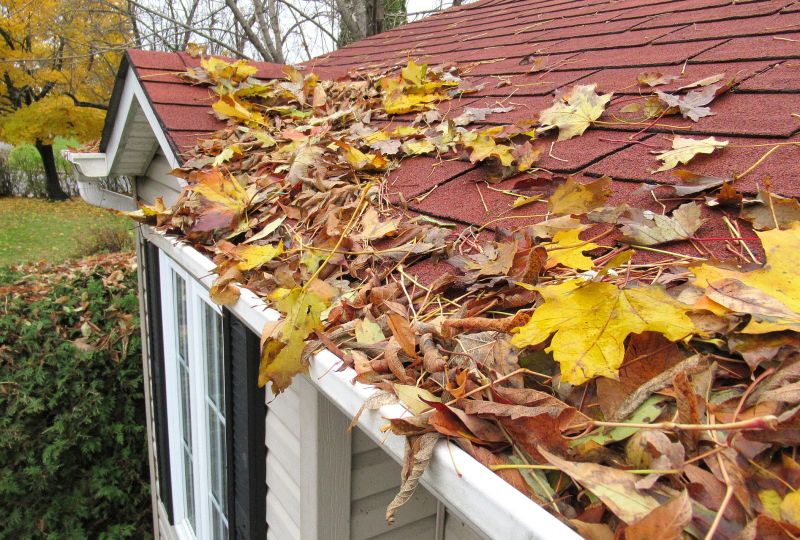
Early fall offers optimal conditions for effective repairs.
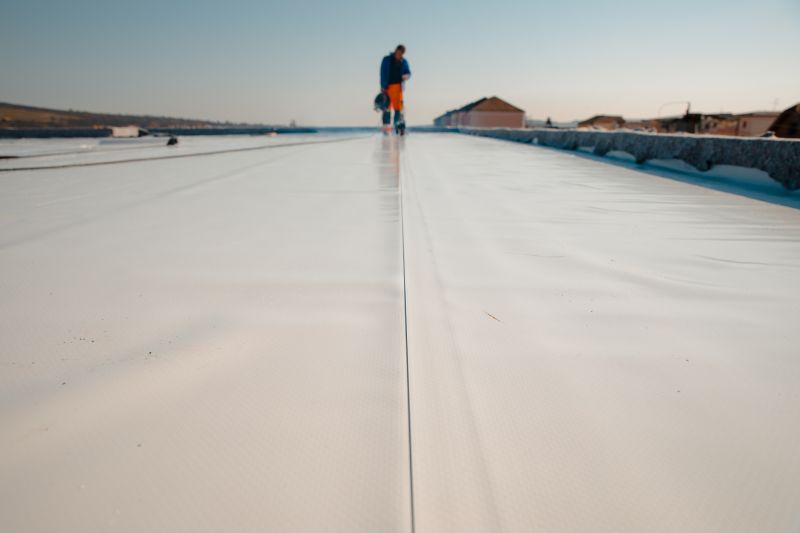
Cold and moisture hinder effective membrane repair work.

The short, realistic tool list for quality Roof Membrane Repairs.
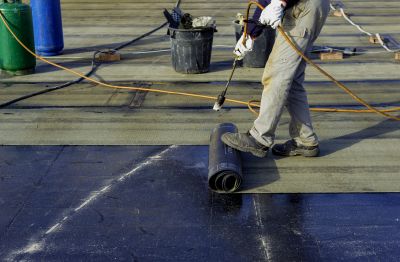
Rough timing from prep to clean-up for Roof Membrane Repairs.
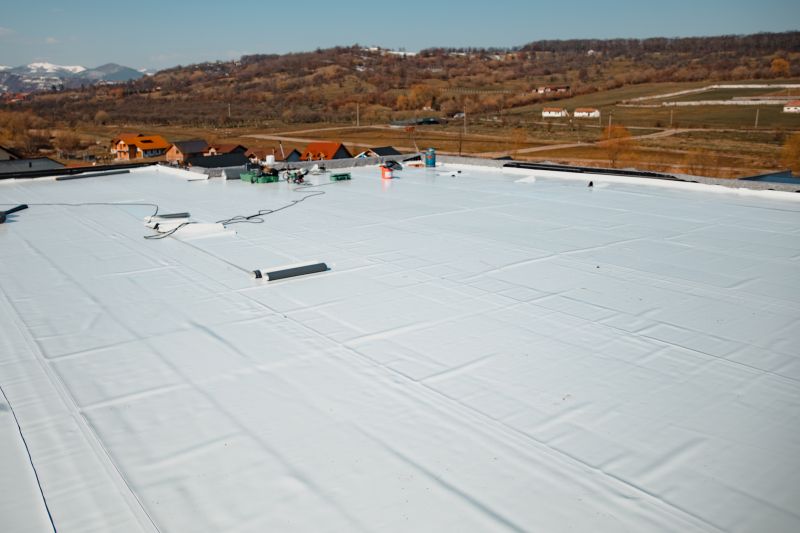
Quick checks and paperwork to keep after Roof Membrane Repairs.
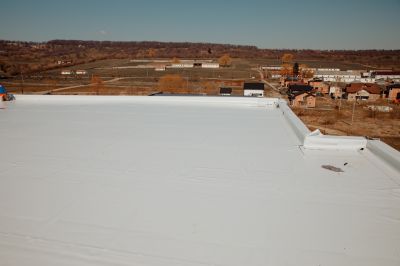
Examples that show the impact a good Roof Membrane Repairs can make.
Filling out the contact form can provide detailed guidance on scheduling roof membrane repairs during the most suitable seasons. Proper timing ensures the durability and effectiveness of repairs, helping to prevent future issues and extend the roof's lifespan.
